![]()
Two years after Alabama became a state and James Monroe was beginning his second term as President of the United States, Shiloh Presbyterian Church is organized. Shiloh is the first Cumberland Presbyterian Church organized in central Alabama, and the first church in the Oak Ridge Community (now known as Leeds). The church, a hand hewn log building, is built on a tract of land adjacent to Shiloh Cemetery.
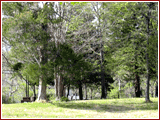
![]()
Elder Thomas Rowan gives one and a half acres of land with right-of-way to a spring located on the Little Cahaba River. The church is located toward the back of the lot now occupied by the American Legion Post in Leeds.

![]()
On June 15, 1891 the congregation votes to pay thirty dollars to the Cahaba Valley Land Company for the tract of land on which the present church stands. The congregation sells the other property for one hundred dollars. This money is used to move the church building, which was thirty feet by forty-five feet by sixteen feet, approximately two hundred-fifty yards on large wooden logs, to its current location on First Avenue.
![]()
Due to growth in membership, the congregation builds a new church. Basically, it is the structure that exists today. Inside the sanctuary is a large balcony that runs the length of the sanctuary back walls. The balcony is used for Sunday school classes. The first church bell is given to another local congregation in Leeds. The bell is still in use today.
![]()
In June, 1913 with new church construction well underway, the church is incorporated as Leeds Presbyterian Church.
![]()
The manse (pastor’s home) is built.
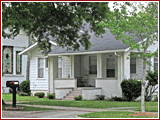
![]()
A kitchen and parlor are added to the church building. The parlor serves as Sunday school space.
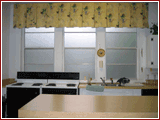
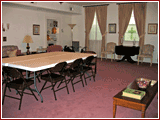
![]()
The sanctuary is renovated. The balcony is removed. The theater seats (acquired from the old Leeds Theater) are rearranged. The first electric organ is dedicated.
![]()
The Fellowship Hall and upstairs rooms are constructed.
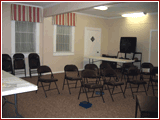
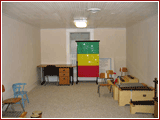
![]()
The congregation approves the purchase of property on President’s street, looking forward to the possibility of relocating (in the 1960’s the congregation decides to stay “at home” and this property is sold).
![]()
The church steeple is replaced and aluminum siding is added. The second church bell, which rang each Sunday, is permanently displayed in the front of the church.
![]()
Central heat and air conditioning are installed.
![]()
![]()
The sanctuary is extensively remodeled. The theater seats are replaced with pews; a new church organ is purchased (dedicated in 1982); stained glass windows, carpet, new wiring and lighting are installed.
![]()

